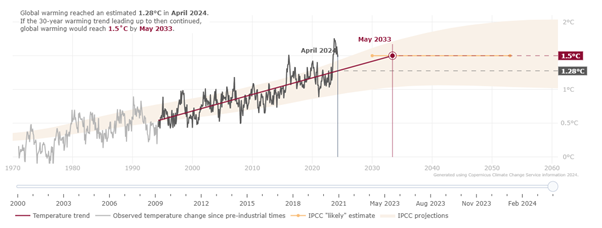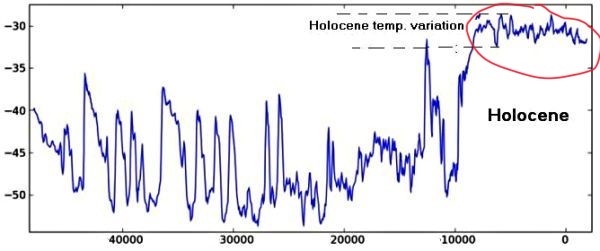Around the world, from India, to the Middle East, to southern Europe to North America, people are dropping in tens of thousands under the blazing heat of a Northern summer. Many die.
In one of the harshest ironies of the climate madness now unleashed, hundreds of religious pilgrims died visiting the home of the world’s largest oil company, Saudi Arabia’s Aramco. The Indian capital New Delhi has suffered not only heat deaths from baking nights and days above 50 degrees, but also a growing water crisis afflicting its 25 million citizens. Tourists hiking in the height of Greek summer are perishing.
For many governments round the planet the response to the increasing distress, debilitation and death of their people has been to stoke the furnace.
To support the fossil fuel lobby in the pretence that all this will, somehow, just go away.
It won’t: in the USA, presidential hopeful Donald Trump has promised to “drill,baby, drill” for more oil and gas. The chair of the next World Climate Talks (COP 29), Azerbaijan, has pledged to ‘defend the right of oil and gas producing nations to invest in the sector’.
A new report states that, far from turning the climate corner, world emissions of fossil carbon have just reached an historic new peak of 40 billion tonnes a year. The Energy Institute, a body which represents the deadly sector, smugly reported “another year of highs in our energy-hungry world” including a record high consumption of fossil fuels, which rose by 1.5% to 505 exajoules. Consumption of coal rose by 1.6% while oil demand rose by 2% to reach 100m barrels a day for the first time. The International Energy Agency predicts world oil output to surge to 114 billion barrels a day by 2030.
All this follows 2023, the hottest year in human history at 1.45 degrees Celsius above our preindustrial levels. And climate researchers anticipate that 2024 may prove even worse.
Almost a decade ago, 196 countries met in Paris to sign a legally-binding agreement to hold “the increase in the global average temperature to well below 2°C above pre-industrial levels” and pursue efforts “to limit the temperature increase to 1.5°C above pre-industrial levels.”
The big question is: where do we now stand in relation to the 1.5 degree limit? Currently average Earth temperatures are already at or above +1.5 degrees – but the annual average dances around, and it is the long-term trend that is important. At the moment, that sits at just under 1.3 degrees and, at present trend rates will exceed 1.5 degrees in May 2033, as the following graph from the European space agency, Copernicus, illustrates.

Actual and projected global warming. Source: Copernicus, 2024
So, technically, humanity has not yet blown past our chosen red line. We have nine years left. However, there are deeply worrying signs:
- annual temperatures for 2023 and 2024 are so far in excess of previous trends, as to cause many to fear the trendline may have taken a savage uptick
- fossil fuels consumption (and consequently carbon emissions) continue to rise strongly as industry production and consumer demand combine to defeat government efforts to preserve a safe world
- there are alarming signs that the Earth itself is now adding to the carbon explosion (as both CO2 and CH4) from melting tundra, dissolving seabed methane, burning rainforests and grasslands, and both oceans and forests approaching the limits of their ability to remove carbon from the air.
Around the planet the weather is going mad, from devastating floods in China, Germany, India, Brazil, Niger, Kenya, Dubai, USA, Britain and a dozen other countries, to blistering heatwaves and ‘heat domes’ of 40-50 degrees, often in many of the same places. All this is powered by the additional energy trapped in the atmosphere by current carbon levels of 427 parts per million, the highest the human species has ever experienced.
And it is all happening at our current notional average temperature of +1.3 degrees. How much worse it will become when global temperatures approach the forecast +3-4 degrees towards 2100 is dreadful to imagine, but many experts now fear that the death toll could number in the billions. Countries like India and Australia may be close to uninhabitable.
Urban consumers are so used to seeing their supermarkets bursting with food, and waving fields of ripening grain on their TVs that they have lost all awareness that famine is only a couple of failed harvests away. No previous generation of humans was so thoroughly cocooned in its ignorance of the fine line between nourishment and starvation. People have blithely forgotten the tens of million who perished of hunger in the last century in Europe, Russia, India, China and Asia.
What most people don’t know is that modern human society and its cities could not have arisen at all without a strange climatic accident. At the ending of the last Ice Age, about nine thousand years ago, the world climate became dramatically more stable. The wild temperature and climatic gyrations of the Pleistocene and previous eras suddenly got smoothed out. And, for the first time, it became possible to grow crops reliably. Without farming to feed them, the first cities could never have emerged about 5000 years ago, and without cities most of our technologies would never have existed.

Compared with previous erratic climates, the Holocene (the last 9,000 years) was unusually stable, allowing farming to begin.
What escapes the modern consciousness is that our entire civilisation still rests on the stable production of food in a stable climate.
By pumping billions of tonnes a year of CO2 into the atmosphere for more than a century, humans have killed the stable Holocene climate that gave birth to our civilisation – and with it the security of food produced by agricultural means (about 95% of what we eat).
We have, in effect, ‘blown up the supermarket’.
Already there are clear warnings of increased unreliability in the global food supply, which began during the Covid pandemic. The number of humans facing extreme hunger has more than doubled. The UN Food Program says there is “a global food crisis”. The nexus between war and hunger is intensifying. Refugee numbers have tripled from 40 to 120 million in barely a decade. The risk of simultaneous harvest failures in two or more of the world’s food bowls is escalating.
So while the media may remain hypnotised by raging floodwaters, tornadoes and people dying from heat stroke, a far, far greater danger lies in the collapse of the global agricultural system – a system that has never been tested under the normal vagaries of the Earth’s Climate but only in the eerily stable greenhouse of the Holocene. A new study projects that world food supplies could decline by up to 14% by 2050 due to heat and water stress alone, exposing nearly 1.4 billion people to dire hunger.
The world is about to find out what climate change really means – and blistering days, sweltering nights, furious floods, raging fires and violent tempests are the least of it.
We humans may have cooked our own goose.
You know. The one that laid the golden eggs.